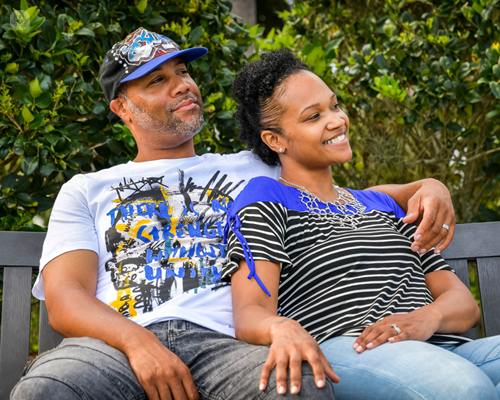What you need to know about African-Caribbean hair loss
Escrito por:A one-size fits all approach to hair loss isn’t effective if you want to achieve results that lead to every patient feeling equally happy.
Here to highlight the importance of understanding the nature of African-Caribbean hair loss and its correct diagnosis, is leading hair transplant specialist Dr Nilofer Farjo.

How does hair loss affect different races?
Hair loss isn’t discriminatory; it affects all types of people regardless of their age, sex or ethnicity. While many of the scalp and hair conditions that affect Caucasian and Asian men and women also affect African-Caribbean people, some are naturally more prevalent in black men and women, however - and vice versa.
Caucasian men are four times more likely to bald prematurely than men with Afro-textured hair, but male pattern hair loss (androgenic alopecia) is still common in men of African-Caribbean descent and it’s by far the most common cause of black male hair loss.
Can female pattern hair loss be misdiagnosed?
Hair loss misdiagnosis is common for women with Afro-textured hair. For example, female pattern hair loss is frequently confused with central centrifugal cicatricial alopecia, which is inflammatory-scarring alopecia. It begins in the mid-scalp or crown, and spreads outwards.
Traction alopecia is another type of hair loss that can be misdiagnosed in black women. It’s extremely common and is caused by long-term styling with tight hairstyles and braids.
What is the texture of African-Caribbean hair?
Although all hair is made up of the same proteins and layers, one key thing to understand is that Afro-textured hair differs in that it has a significant curl both above and below the surface of the skin.
Afro-textured hair’s cross-sectional shape is elliptical compared to the more oval shape of other types of hair. The density of scalp hair in African-Caribbean men and women is less than in other ethnic groups.
The distinct difference in hair shape is something that must be considered, too, when it comes to treatments such as hair transplants. Certain adjustments should be made to ensure a successful procedure although the same hair transplant techniques are used.
What’s involved in hair transplant surgery for Afro hair?
The incisions where hair grafts, in both follicular unit excision (FUE) and strip follicular unit transplantation (FUT) procedures – the two main techniques used for hair transplant surgery – will be placed, need to be slightly larger to accommodate the larger diameter follicular unit grafts. This is because the hair curls below the surface of the skin.
The members of our team are happy to talk through your options if you’re worried about your hair loss and would like some expert advice.
If you’re considering hair transplant surgery and want to receive the best tailored treatment for your hair type, arrange a consultation with Dr Farjo via her Top Doctors profile.



